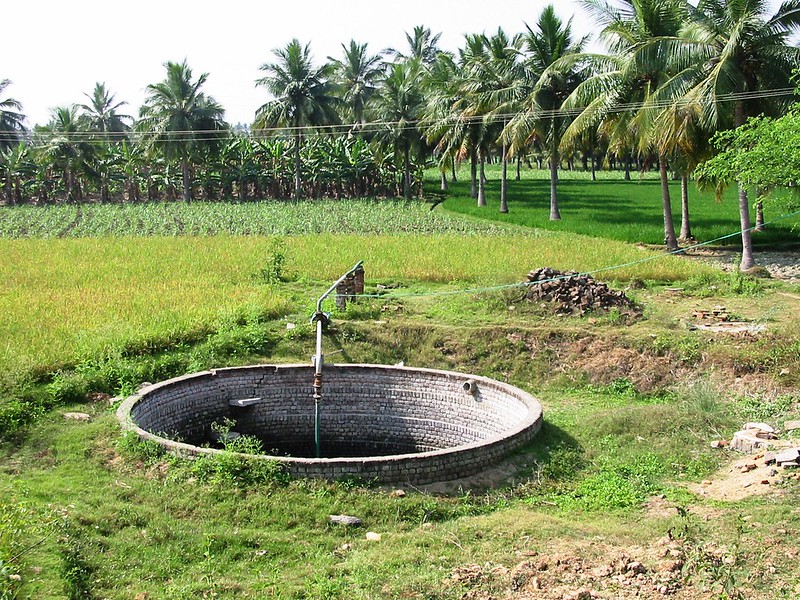A new study has found that as many as one in five groundwater wells worldwide is at risk of running dry if groundwater levels drop by even a few metres, prompting concerns about water security.
—
What is Happening?
- Wells supply water for half the world’s irrigated agriculture, as well as drinking water to billions of people. However, these wells are in danger of running dry as increased demand and poor government oversight have allowed them to be drained.
- The study, published in the journal Science, saw researchers at the University of California compile construction records for almost 39 million groundwater wells in 40 countries, including their locations, depths, purposes, and construction dates. They found that between 6% and 20% are no more than 5 meters deeper than their local water tables, “suggesting that millions of wells are at risk of drying up if groundwater levels decline by only a few meters.”
- A suggested solution is to dig deeper when wells run dry, but this often leads to poor water quality. Additionally, well construction is also expensive, so digging deeper is often not an option.
- According to the authors, global warming and sea level rise due to climate change are also contributing to the problem. Debra Perrone, a co-lead author and an assistant professor with UCSB’s Environmental Studies Program, says, “More severe multi-year to multi-decade droughts are projected in some regions, leading to greater groundwater demand and less replenishing of aquifers. Rising ocean levels, meanwhile, stand to inundate freshwater reserves, contaminating remaining supplies.”
You might also like: Taiwan is Experiencing its Worst Drought in Nearly 60 Years
- Meanwhile, increased flooding as a result of climate change may actually help struggling groundwater wells. New research from Stanford University suggests that stowing away flood water in California might be a way to recharge ground water. senior author David Freyberg, an associate professor of civil and environmental engineering at Stanford, says, “Integrating managed aquifer recharge with floodwaters into already complex water management infrastructure offers many benefits.”
Featured image by: Flickr

















